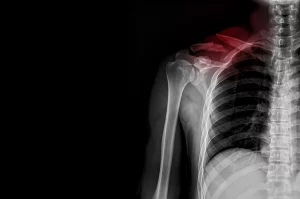No one wants to be in the hospital during the coronavirus pandemic, but people who need emergency surgery may have no choice.
If that’s the case for you or a loved one, ask about using regional anesthesia. That’s the advice of experts from the American Society of Regional Anesthesia and Pain Medicine (ASRA) and the European Society of Regional Anaesthesia and Pain Therapy.
The groups have issued recommendations to help health care providers take care of patients during the COVID-19 outbreak.
At the top of the list is asking physicians about the possibility of receiving regional anesthesia rather than general anesthesia.
During general anesthesia, the patient is unconscious and connected to a breathing machine, while regional anesthesia involves numbing the specific region of the body that requires surgery, such as an arm or a knee.
When regional anesthesia is used, patients can still be sedated and won’t feel anything during the procedure, the experts explained.
The advantage of regional anesthesia is that it’s safer for everyone in the room during surgery and reduces the risk of complications after surgery, the two groups said in an ASRA news release.
General anesthesia can require placement of a tube in the patient’s airway, which results in what’s called aerosol generation. If the patient has a respiratory infection, the medical team can be exposed to the aerosols during insertion or removal of the patient’s breathing tube.
Research shows that the risk of transmitting infection during breathing tube insertion is 6.6 times higher than without it, according to ASRA.
Regional anesthesia is also associated with a lower risk of complications after surgery. For a patient with COVID-19, these risks are likely to be more significant due to chest infection.
More information
The American Society of Anesthesiologists has more on types of anesthesia.
Source: HealthDay
Copyright © 2025 HealthDay. All rights reserved.

















